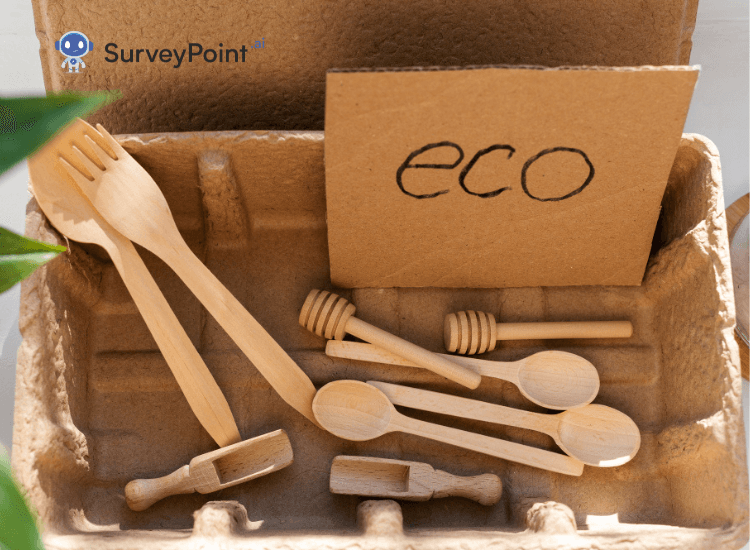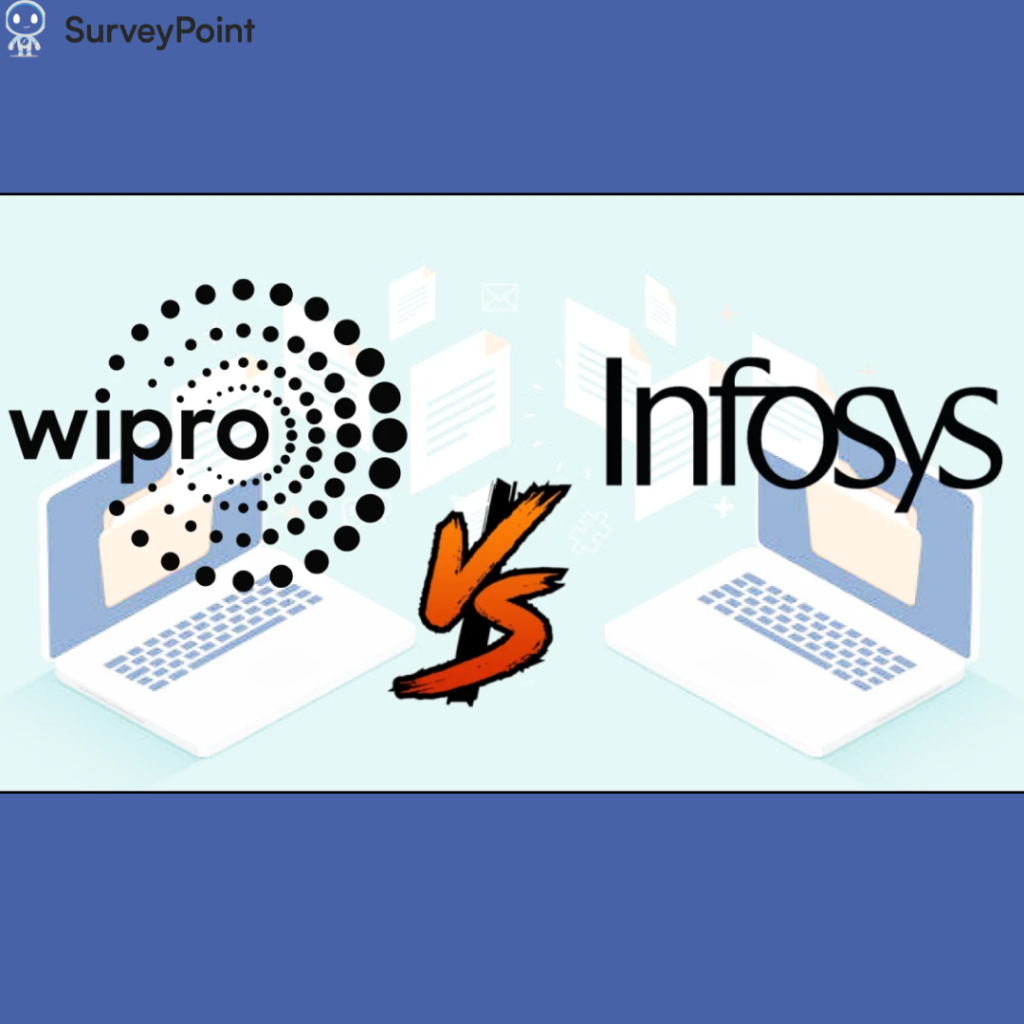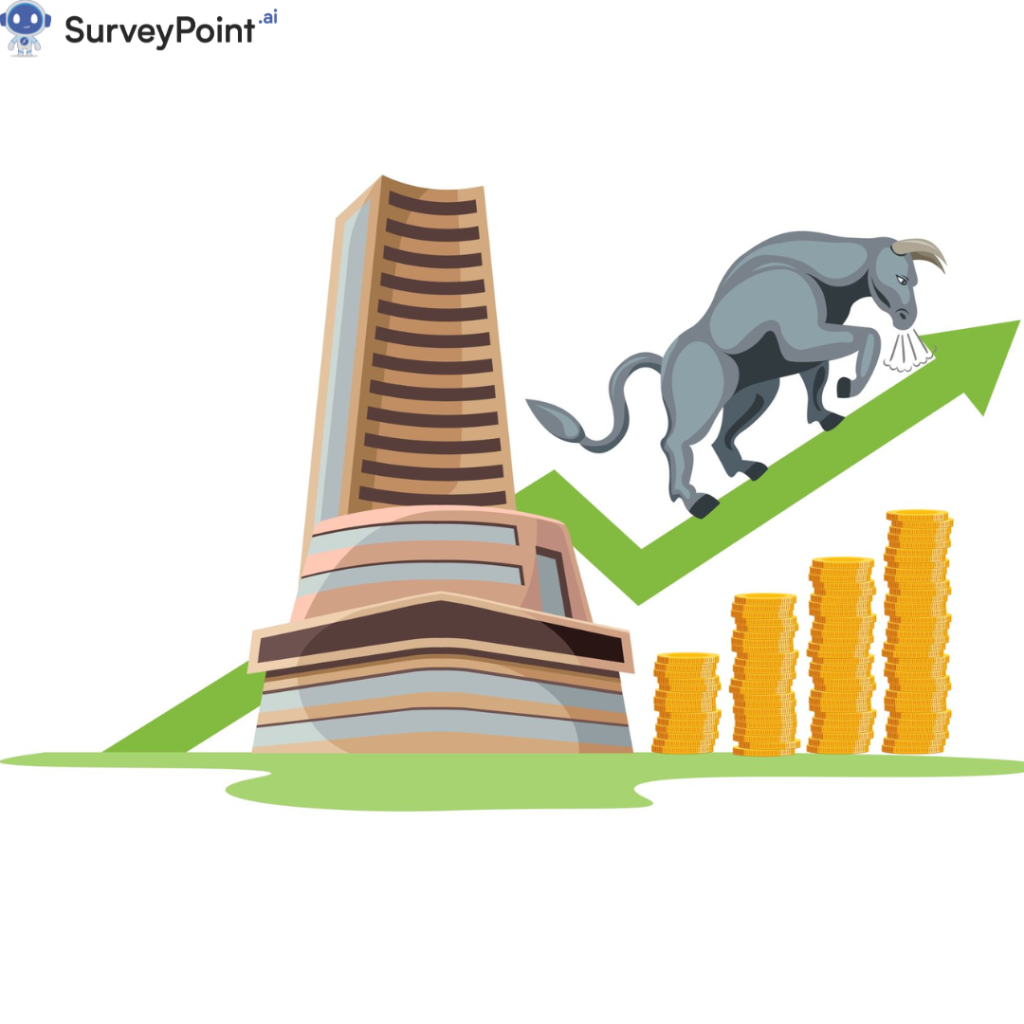
As the world grapples with the escalating climate crisis, the environmental impact of traditional packaging has come under intense scrutiny. The global reliance on single-use plastics and non-biodegradable materials has led to significant pollution, harming ecosystems and contributing to the growing problem of waste management. In response, consumers, businesses, and governments alike are increasingly demanding sustainable alternatives.
Sustainable packaging, once a niche concern, is rapidly becoming a central focus in the consumer goods industry. This shift is not just about reducing waste—it’s about rethinking how products are designed, manufactured, and delivered to minimize their environmental footprint.
What is Sustainable Packaging?
Sustainable packaging refers to the use of materials and processes that have a minimal environmental impact throughout their lifecycle. This includes considerations like resource efficiency, recyclability, biodegradability, and the reduction of harmful substances. Sustainable packaging aims to create a closed-loop system where materials are reused, recycled, or returned to the environment with minimal harm.
Types of Sustainable Packaging Materials
- Biodegradable Plastics: Made from renewable sources such as cornstarch or sugarcane, these plastics break down naturally in the environment, reducing long-term pollution.
- Plant-Based Materials: Packaging made from materials like bamboo, hemp, and mushrooms offers a renewable alternative to traditional plastics and paper.
- Recycled Content: Using materials that have been recycled reduces the need for virgin resources and decreases the overall environmental impact.
- Compostable Packaging: Unlike biodegradable packaging, compostable materials break down under specific conditions, returning valuable nutrients to the soil.
- Edible Packaging: An emerging trend, edible packaging is made from food-grade materials and can be consumed along with the product.
Market Drivers: Why Sustainable Packaging is Gaining Traction
- Legislation and Regulations
Governments worldwide are implementing stringent regulations to curb plastic waste and encourage sustainable practices. For example, the European Union’s Single-Use Plastics Directive aims to reduce the impact of certain plastic products on the environment by banning items like plastic straws and cutlery. Similarly, several countries have introduced plastic taxes or extended producer responsibility (EPR) schemes that make companies accountable for the lifecycle of their products, including packaging. These regulatory pressures are pushing businesses to adopt sustainable packaging solutions to remain compliant and avoid penalties.
- Corporate Social Responsibility (CSR) and Brand Image
In today’s socially conscious market, consumers expect brands to act responsibly. Companies that prioritize sustainability can enhance their brand image, build trust with consumers, and gain a competitive advantage. Sustainable packaging is often featured prominently in CSR reports and marketing campaigns, demonstrating a company’s commitment to environmental stewardship. Brands like Coca-Cola, Unilever, and L’Oréal have made significant public commitments to reducing plastic waste and increasing the use of sustainable packaging, positioning themselves as leaders in corporate responsibility.
- Cost-Efficiency and Innovation
While sustainable packaging has traditionally been more expensive than conventional options, advancements in technology are making it increasingly cost-effective. Innovations in materials science, manufacturing processes, and supply chain logistics are reducing the cost of sustainable packaging. Additionally, the long-term savings associated with reduced waste, improved efficiency, and enhanced brand loyalty can offset the initial investment. Companies that invest in sustainable packaging now are likely to see significant returns as consumer demand for eco-friendly products continues to grow.
Challenges in Adopting Sustainable Packaging
- Cost and Scalability
One of the biggest challenges in adopting sustainable packaging is the cost. While prices are decreasing, sustainable materials and processes are still generally more expensive than traditional options. This can be a significant barrier for small and medium-sized enterprises (SMEs) with limited budgets. Additionally, scaling sustainable packaging solutions to meet the demands of large, global supply chains can be complex and resource-intensive.
- Supply Chain and Material Availability
The availability and consistency of sustainable materials can vary, leading to supply chain challenges. For example, certain plant-based materials may only be available seasonally or in specific regions, complicating sourcing efforts. Furthermore, the global supply chain disruptions caused by the COVID-19 pandemic have highlighted the vulnerabilities in the supply of raw materials, including those used in sustainable packaging. Companies must navigate these challenges while ensuring that their packaging remains environmentally friendly and cost-effective.
- Consumer Perception and Education
While many consumers are enthusiastic about sustainable packaging, there is still a significant knowledge gap. Misconceptions about what constitutes “sustainable” packaging can lead to skepticism or confusion. For example, consumers may not fully understand the difference between biodegradable and compostable packaging, leading to incorrect disposal practices. Educating consumers about sustainable packaging options and encouraging responsible behavior is crucial for maximizing the environmental benefits.
Case Studies: Companies Leading the Way
- Unilever’s Sustainable Packaging Initiatives
Unilever, one of the world’s largest consumer goods companies, has committed to making all of its plastic packaging fully reusable, recyclable, or compostable by 2025. The company has introduced innovative solutions like refill stations for its personal care products and has invested in research to develop new sustainable materials. Unilever’s approach demonstrates the potential for large corporations to lead the way in sustainable packaging while maintaining profitability and consumer trust.
- Patagonia’s Eco-Friendly Packaging Approach
Patagonia, known for its environmental activism, has integrated sustainable packaging into its broader mission of sustainability. The company uses recycled materials for its packaging and is constantly exploring new ways to reduce its environmental impact. Patagonia’s commitment to transparency and innovation in sustainable packaging has earned it a loyal customer base and a reputation as a leader in corporate responsibility.
- Nestlé’s Packaging Revolution
Nestlé has set ambitious goals to make 100% of its packaging recyclable or reusable by 2025. The company is investing heavily in research and development to find alternatives to plastic, including biodegradable and paper-based materials. Nestlé’s efforts include partnerships with other companies and NGOs to accelerate the development of sustainable packaging solutions. By committing to these goals, Nestlé aims to significantly reduce its environmental footprint and contribute to a circular economy.
Future Trends in Sustainable Packaging
- Technological Innovations
The future of sustainable packaging lies in technological innovation. New materials and manufacturing processes are being developed to create packaging that is not only sustainable but also functional and aesthetically pleasing. For example, edible packaging, made from seaweed or rice paper, offers a novel solution for reducing waste in the food industry. Smart packaging, which uses sensors to monitor the freshness of food, can help reduce food waste by providing consumers with real-time information. Nanotechnology is also being explored to enhance the properties of packaging materials, making them stronger, lighter, and more sustainable.
- Circular Economy and Zero-Waste Packaging
The concept of a circular economy is gaining traction as a sustainable alternative to the traditional linear model of “take, make, dispose.” In a circular economy, products and materials are kept in use for as long as possible, reducing waste and conserving resources. Zero-waste packaging, which is designed to be fully reusable or recyclable, is a key component of this model. Companies like Loop are pioneering zero-waste packaging solutions by offering products in reusable containers that can be returned, cleaned, and refilled. This approach not only reduces waste but also creates new business opportunities in the packaging industry.
- Collaborative Efforts and Industry Partnerships
The transition to sustainable packaging requires collaboration between businesses, governments, and NGOs. Industry partnerships can drive innovation, share best practices, and create economies of scale that make sustainable packaging more accessible. For example, the Ellen MacArthur Foundation’s New Plastics Economy initiative brings together companies, governments, and organizations to rethink the future of plastics and promote circular economy principles. By working together, stakeholders can accelerate the adoption of sustainable packaging and create a more sustainable future.
The Business Case for Sustainable Packaging
- Enhancing Brand Loyalty and Market Differentiation
Sustainable packaging can be a powerful tool for building brand loyalty and differentiating products in a crowded market. Consumers are increasingly looking for brands that align with their values, and sustainable packaging is a visible and tangible way to demonstrate a commitment to sustainability. Companies that adopt sustainable packaging can enhance their brand image, attract environmentally conscious consumers, and gain a competitive advantage.
- Regulatory Compliance and Risk Management
As governments introduce more stringent regulations on packaging and waste, companies that adopt sustainable packaging are better positioned to comply with these rules and avoid potential penalties. Sustainable packaging can also help businesses mitigate risks related to supply chain disruptions, resource scarcity, and changing consumer preferences. By proactively addressing these challenges, companies can build resilience and ensure long-term success.
- Long-Term Cost Savings and Efficiency
While the initial investment in sustainable packaging may be higher, the long-term benefits can outweigh the costs. Sustainable packaging can lead to cost savings through reduced waste, improved efficiency, and lower regulatory costs. For example, lightweight packaging materials can reduce transportation costs by lowering fuel consumption. Additionally, by reducing reliance on virgin resources, companies can protect themselves from price volatility and supply chain disruptions.
Conclusion: The Path Forward
The shift towards sustainable packaging is not just a trend—it is an essential part of the future of consumer goods. As businesses, consumers, and governments increasingly recognize the importance of sustainability, the demand for eco-friendly packaging solutions will continue to grow. Companies that embrace this shift will be well-positioned to meet the needs of the modern consumer, build brand loyalty, and contribute to a more sustainable future.
As consumers, we also play a critical role in this transformation. By supporting companies that prioritize sustainability, making informed purchasing decisions, and advocating for stronger environmental policies, we can drive the demand for sustainable packaging and help create a more sustainable world.




